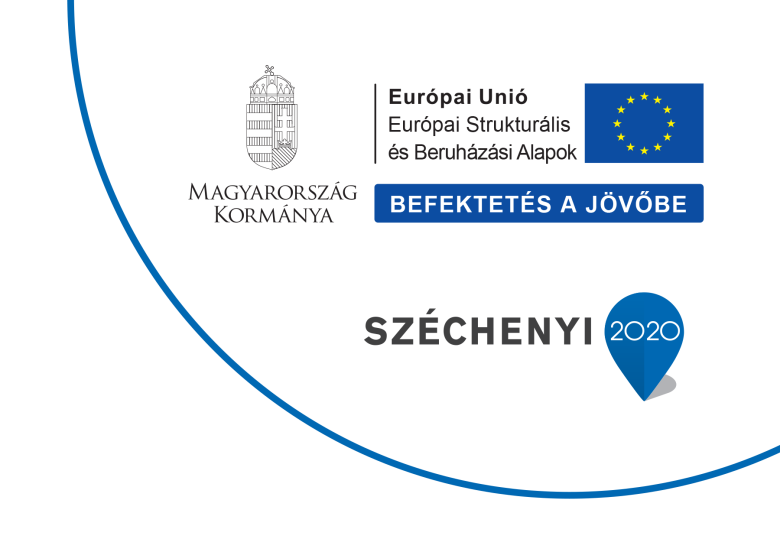Polyethylene (PE) packaging materials play a key role in the packaging industry due to their versatility, cost-efficiency and environmental benefits.
The three main types of polyethylene - low-density polyethylene (LDPE), medium-density polyethylene (MDPE) and high-density polyethylene (HDPE) - have different properties that allow for a wide range of applications.
Polyethylene is a hydrocarbon polymer produced from ethylene by polymerisation.
The differences between LDPE, MDPE and HDPE depend mainly on the pressure and temperature used during polymerisation and the type of catalysts.
LDPE typically provides high flexibility, tensile strength and transparency, MDPE offers an intermediate solution in terms of flexibility and strength, while HDPE has outstanding strength, hardness, offers the highest resistance to mechanical impacts and chemical agents, and is a rigid material.
In the production of these packaging materials, manufacturers are able to control the density and properties of polyethylene to create optimum solutions for different applications.
The choice between LDPE, MDPE and HDPE is based on the specific requirements of the packaging or application. Each type has its own advantages and limitations that must be taken into account when making design and manufacturing decisions.
By combining or modifying the materials, manufacturers can further refine the properties of the product to better meet the needs and expectations of the target market. Innovation and technological developments are constantly creating new opportunities. For example, a blend of MDPE and LDPE takes the benefits of polyethylene packaging to a new level:
- Optimised flexibility: the addition of MDPE makes the blend more flexible than HDPE, but stronger and more resistant than LDPE. This feature can be particularly useful for packaging that needs to retain its shape while resisting physical impact.
- Improved tear resistance: the presence of MDPE increases tear resistance, which is beneficial for packaging that is subject to high stress, such as packaging heavy objects.
- Transparency: the blend of LDPE and MDPE allows manufacturers to refine the transparency of the packaging, which can be important for the transparency and attractiveness of the product.
- Cost-effectiveness: By combining MDPE and LDPE, manufacturers may be able to reduce costs without compromising on quality or performance.
- Increased environmental efficiency: A blend of the two types of polyethylene can improve product recyclability and reduce the ecological footprint by optimising packaging material use and lifetime.
Packaging materials made with a blend of MDPE and LDPE therefore offer a unique combination of flexibility, tear resistance, transparency and cost-effectiveness. These properties allow manufacturers to offer efficient packaging solutions for a wide range of applications, while taking into account sustainability requirements and changing market needs.
Choosing materials is a key step in any manufacturing and packaging project, as it directly affects the performance, appearance, cost and environmental impact of the product, not only influencing its functionality and durability, but also affecting manufacturing costs, consumer experience and last but not least the environmental footprint of the product.
Benefits of Polyethylene Packaging
- Lightweight: minimising transport costs and ecological footprint.
- Flexible and tear resistant: provide excellent protection during transport and storage.
- Water resistance: protects products from moisture.
- Chemical resistance: resistant to most acids, alkalis and other chemicals.
- Recyclability: contributes to environmental protection through recycling.
Overall, polyethylene packaging materials are an excellent choice for a wide range of industries due to their versatility, cost-effectiveness and environmental benefits. Through innovation and technological advances, these packaging materials are increasingly meeting future market and environmental needs.
